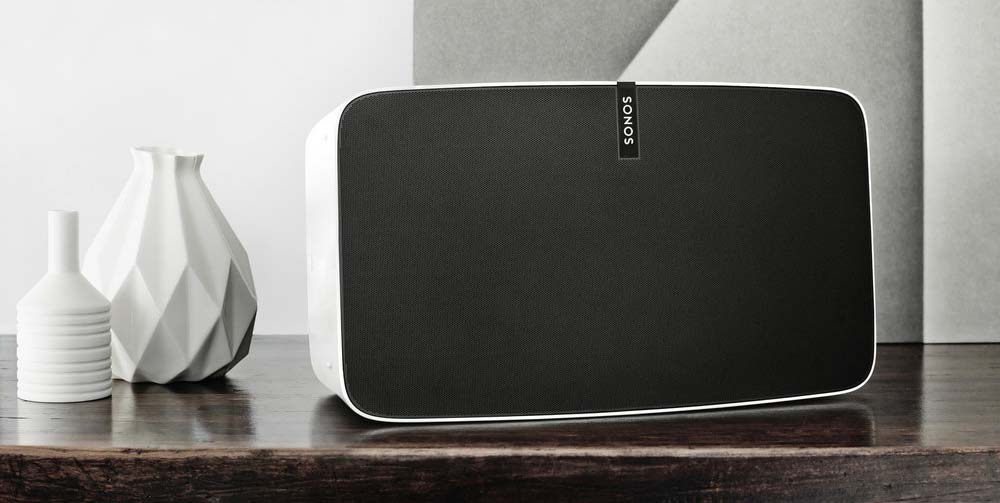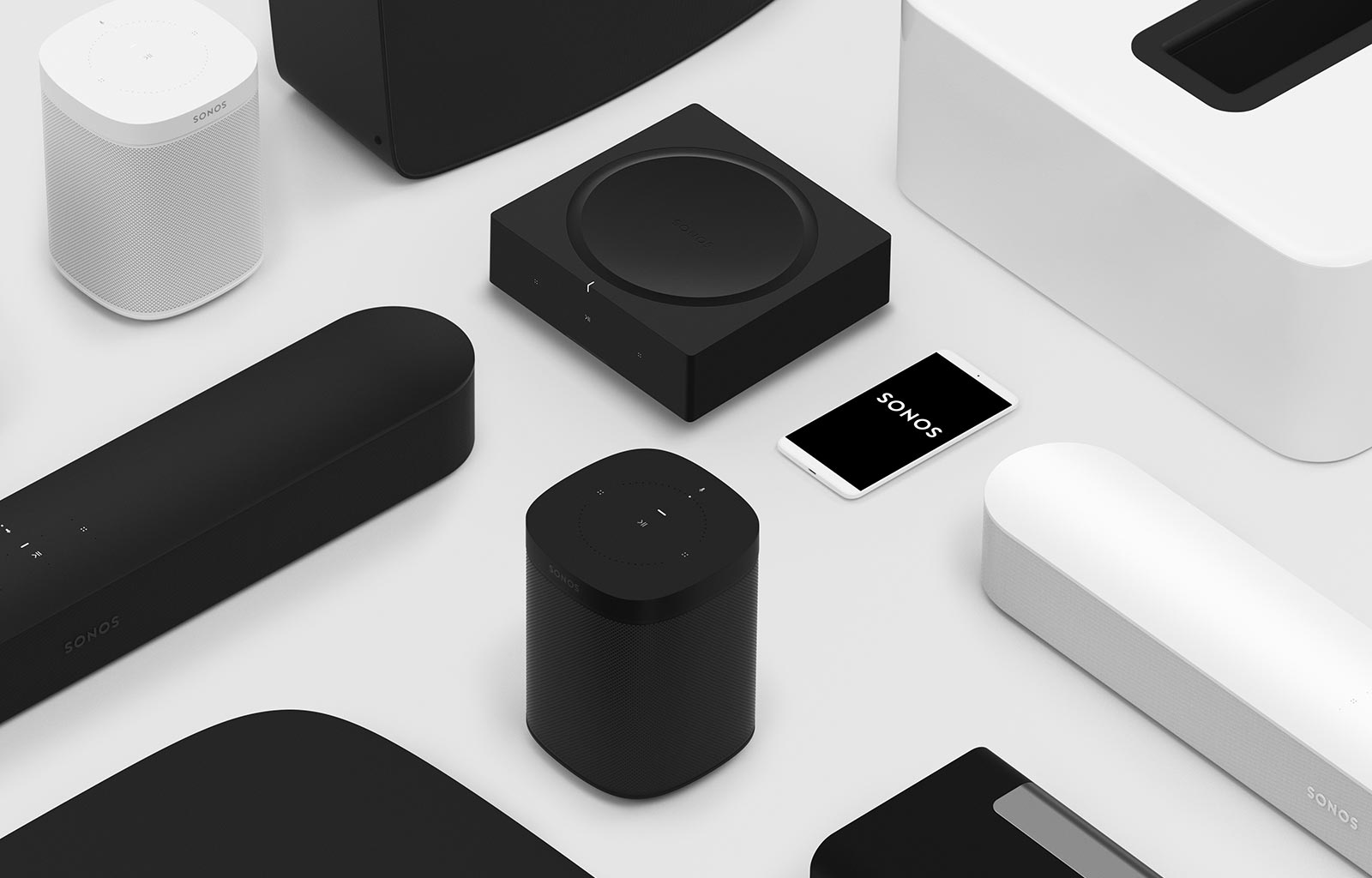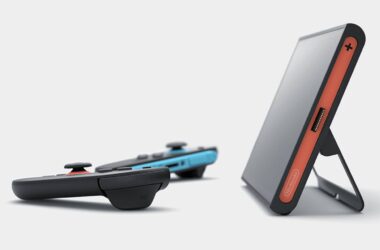A Sonos announcement this week received some pretty serious backlash, and now the company is working on a solution to remedy an issue it sparked.
Earlier in the week, Sonos had a bit of an announcement for customers: older products would be made legacy in May this year, and if they coexisted with other newer Sonos products, while the old products wouldn’t get updated, neither would the new ones.
Sonos explained this as needing to happen because the updates for its oldest products had hit a wall as far as technology updates could go, and that its system was connected across old and new, so if you had old speakers and Sonos products, they’d still work, but if you had new ones, the system couldn’t deliver updates to the new ones alongside the old ones. Effectively, this announcement was suggesting that if you didn’t update the old Sonos products, that decision would also affect any new Sonos products you bought, and while they’d work, you would not be able to get software updates for the new products.
For devices like the Sonos Connect which is required to work with Onkyo and Pioneer amps in the “Works with Sonos” program, this meant that their Sonos-connected amps might not play nicely with future updates to newer speakers placed elsewhere around the house, even if the Sonos Connect worked exactly the way it should and didn’t necessarily need an update to the newer Sonos Port.
The same would be true with the Sonos Play:5 Gen 1, and if you had one of these paired with some Sonos One speakers, the newer speakers may have had their installation stalled when May 2020 was reached.
Understandably, the backlash was pretty clear, happening on the Sonos community forum in many of the comments, as well as across social media, too.

Sonos apologises: we did not get this right
Two days after that backlash, however, Sonos has had a change in heart, with its CEO, Patrick Spence, adding a blog this week to say “we did not get this right”.
Instead, the company will be working to keep older, legacy products updated with bug fixes and security patches “for as long as possible”, and more importantly, is “working on a way to split your system so that modern products work together and get the latest features, while legacy products work together and remain in their current state”.
Or in other words, Sonos is more or less pulling back from its initial stance that older products would stall a Sonos system when paired with newer products, and the company will find a way to make the two work.
While the news is good for owners of Sonos products, what surprises us most about this announcement is why this wasn’t considered first above all, rather than announcing older products would stall a system with newer gear in it.
Suggesting that sort of approach does suggest a form of planned obsolescence, and while few expect technology to just keep on going forever, products in the sound and audio space invariably don’t need updates until they stop working. That’s one of the catches of audio gear.
Sound gear keeps on going
Audio manufacturers tend to produce technology that can just keep on working. A pair of headphones or a speaker doesn’t typically need maintenance until it does, and also doesn’t stop working or being useful in a system. Essentially, there’s no reason to throw out a speaker until it stops working or you upgrade to something else, and so if a company in the audio space suddenly says your gear won’t work quite the way you expected because technology, the response is understandably livid.
It’s a response that wasn’t helped by Sonos’ decision to provide an upgrade path that costs money, albeit one that was discounted slightly, particularly since some of the products that are being cut off were sold up until five years ago in 2015.
However this is an issue you can probably expect to see from more companies in the near future, and will likely affect products whose companies don’t survive. We can only imagine that support and future-proofing are some of the more difficult issues facing product makers in today’s world, but it’s one consumers may want to be prepared for, and could happen to anything net-connected that you own that may need fixes and patches as time goes on.
Peace of mind for Sonos owners
The good news from this backlash is that Sonos has heard customers, and basically said “we were wrong”, and it means that owners of the Play:5 Gen 1, the Connect and Connect:Amp, the ZonePlayers and CR200 remote, and even the Bridge mesh network extender shouldn’t have to buy new versions in the near future just to keep their other new Sonos products together on the system.
While Sonos hasn’t yet released details about the solution, we imagine it’s something along the lines of a release that just stops older products from needing updates while newer ones get them. Frankly, that’s all customers would have wanted from the beginning: the peace of mind that new gear received updates while older ones didn’t, with the whole thing continuing to work.
It’s kind of like an older phone: if you have an older phone, you may find that you can’t get the latest app or web browser for it, but it still works with your Bluetooth headphones and doesn’t get you kicked off the mobile network simply by virtue of it being old.
That’s all customers want: the knowledge that after buying new Sonos gear, it will keep working with the system they’ve spent so much on to be a part of in the years since. Before today, that wasn’t clear, but at least now we have some evidence that Sonos will at least try to make it happen.







